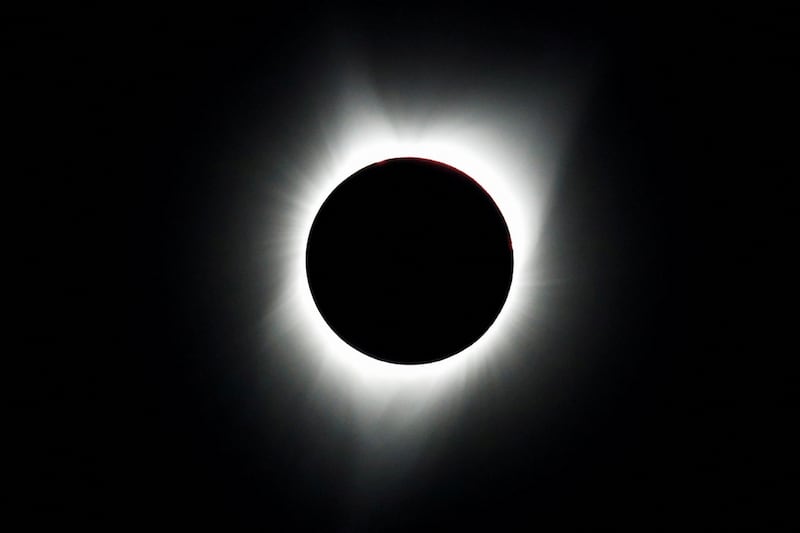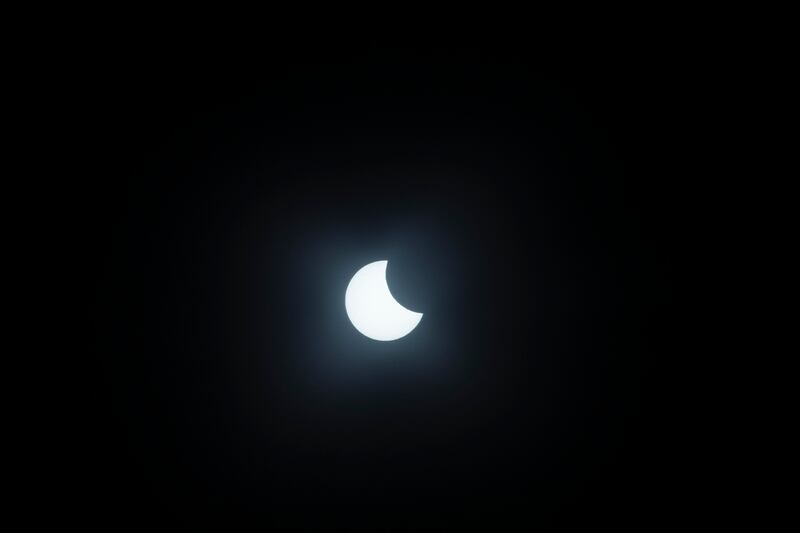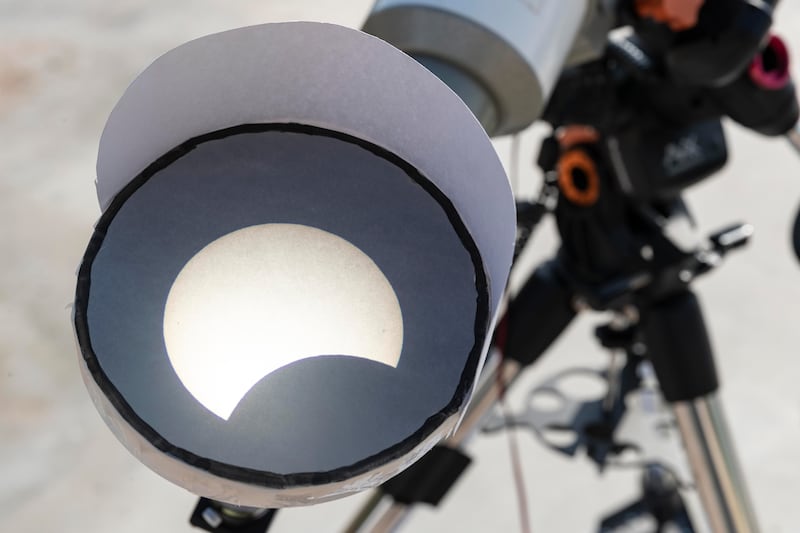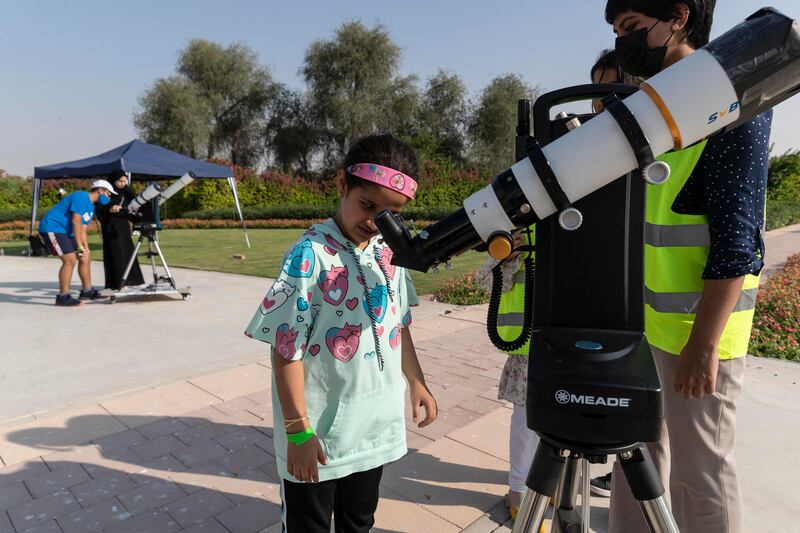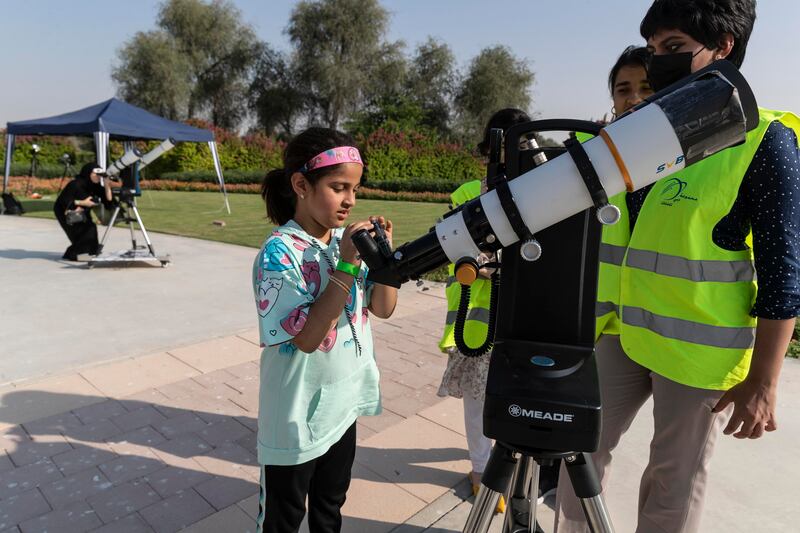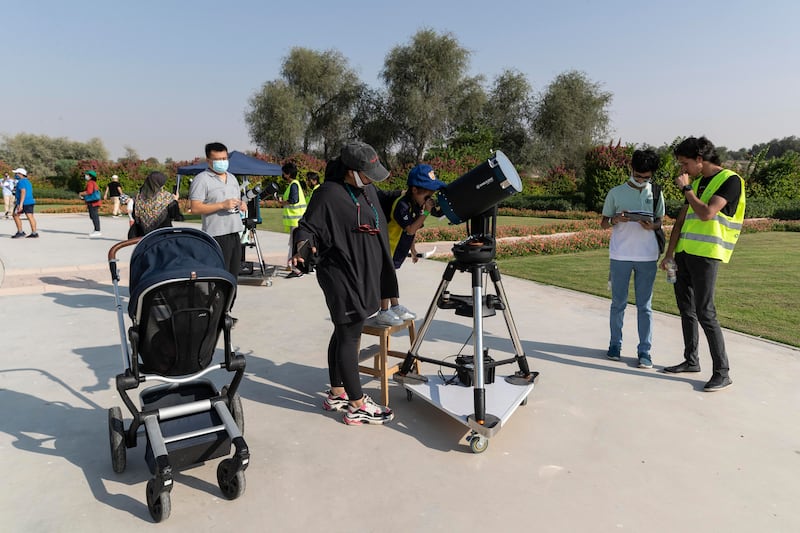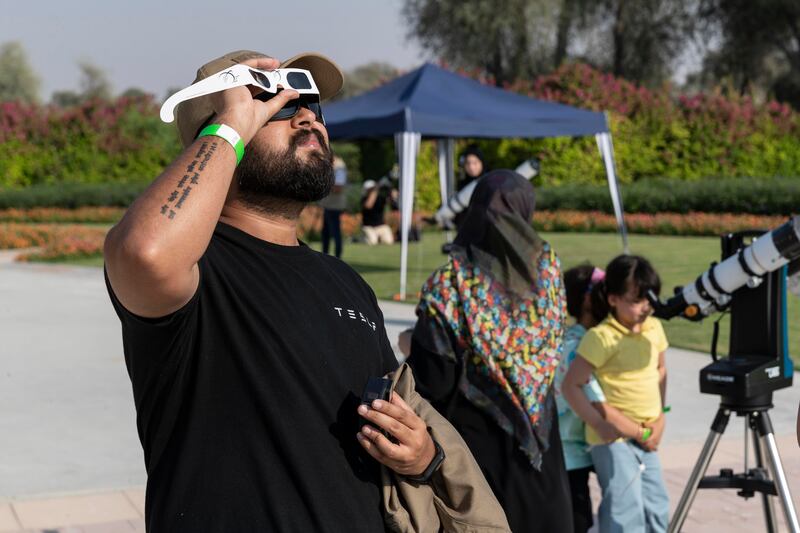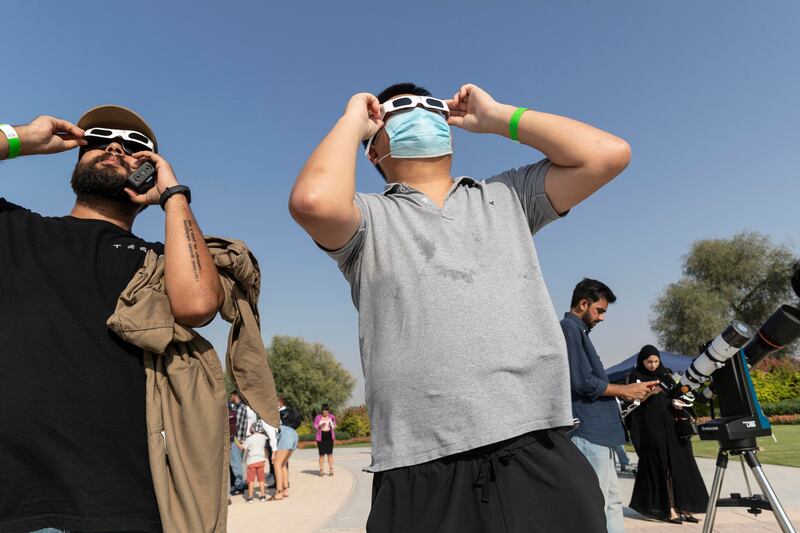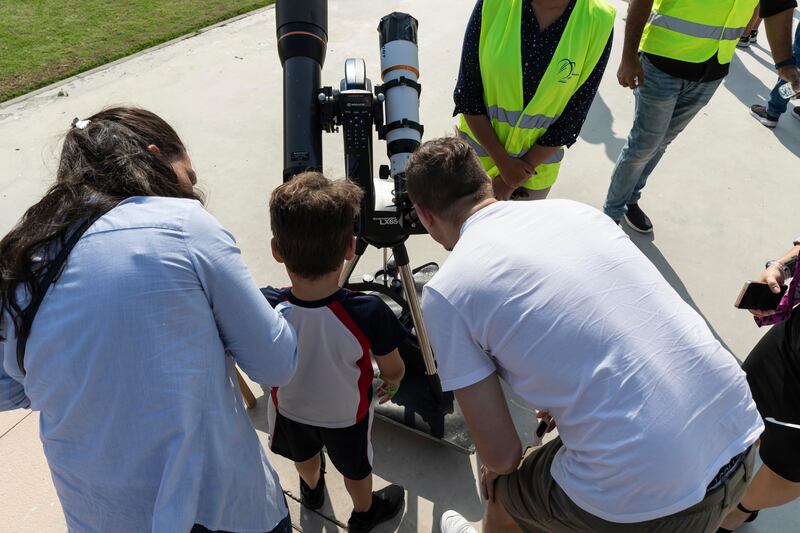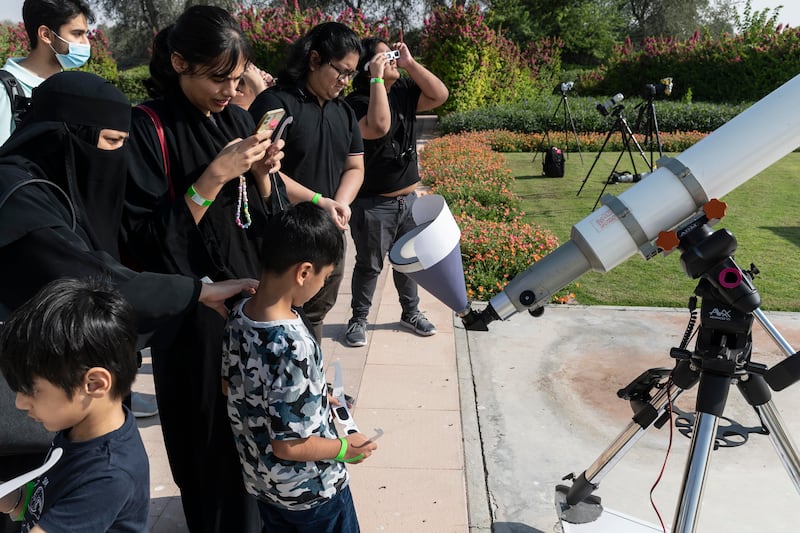Nasa is set to launch three sounding rockets during the total solar eclipse on April 8 to study how the Earth’s upper atmosphere is affected when a portion of the planet is dimmed.
The move is part of the Atmospheric Perturbations around Eclipse Path (Apep) project, in which rockets will blast off from a spaceport in Virginia.
Sounding rockets carry scientific instruments into key regions of space, with this project aimed at measuring disturbances in the Earth’s ionosphere that are created when the Moon temporarily eclipses the Sun.
These can interfere with communications on Earth, as the eclipse causes a decrease in solar radiation that reduces ionisation levels, ultimately affecting radio waves.
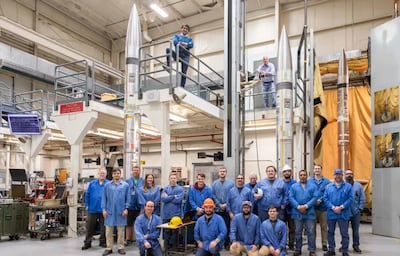
“It’s an electrified region that reflects and refracts radio signals, and also impacts satellite communications as the signals pass through,” said Aroh Barjatya, mission leader and professor of engineering physics at Embry-Riddle Aeronautical University in Florida.
“Understanding the ionosphere and developing models to help us predict disturbances is crucial to making sure our increasingly communication-dependent world operates smoothly.”
The rockets are expected to lift off at three set times, 45 minutes before, during and 45 minutes after the eclipse is at its peak in Virginia.
It is crucial for the scientists to make this mission a success, as the next total solar eclipse will not take place in the contiguous US until 2044.
These same rockets were previously launched from New Mexico during an annular solar eclipse in October and new instruments have been installed for this mission.
The last mission helped scientists record a sharp reduction in the density of charged particles as the annular eclipse shadow passed over the atmosphere.
“We saw the perturbations capable of affecting radio communications in the second and third rockets but not during the first rocket that was before peak local eclipse,” said Prof Barjatya.
“We are super-excited to relaunch them during the total eclipse, to see if the perturbations start at the same altitude and if their magnitude and scale remain the same.”
The Apep rockets are expected to reach a maximum altitude of 420km to measure charged and neutral-particle density and surrounding electric and magnetic fields.
They will carry instruments that will investigate whether any disturbances are caused by the eclipse.
The launches will be streamed live on Nasa's website and YouTube channel, with a broadcast set to begin at 10.30pm UAE time.
The eclipse will be visible in Mexico, through the US from Texas to Maine, and in parts of Canada.
The first place to experience totality will be Mexico's Pacific coast at about 11.07am PDT (10.07pm UAE time), on April 8.
The path of the eclipse will then continue into the US, moving through Texas first and then travelling through Oklahoma, Arkansas, Missouri, Illinois, Kentucky, Indiana, Ohio, Pennsylvania, New York, Vermont, New Hampshire and Maine.
The eclipse will be visible in Canada from southern Ontario then Quebec, New Brunswick, Prince Edward Island and Nova Scotia.
It will exit continental North America on the Atlantic coast of Newfoundland, Canada, at 5.16pm NDT (11.46pm UAE time).
